
A 1920s Toronto photo extravaganza
The 1920s were big years for Toronto. After finally emerging from the ravages of the first world war, in which Canadian soldiers had distinguished themselves at Vimy and Passchendaele, the city began to grow upward and outward. New technology changed the way the city worked. Automatic telephone dialling was introduced, "talkie" pictures were in the cinemas, and the city got its first set of traffic lights.
It was also the decade the Toronto Transit Commission was established, the Ontario Temperance Act was repealed after more than a decade of prohibition, and a giant dirigible blimp visited the city. On Front St., Union Station and the Royal York Hotel were completed, the latter briefly becoming the city's tallest building.
Here's a look back at the Toronto of the 1920s in photos.
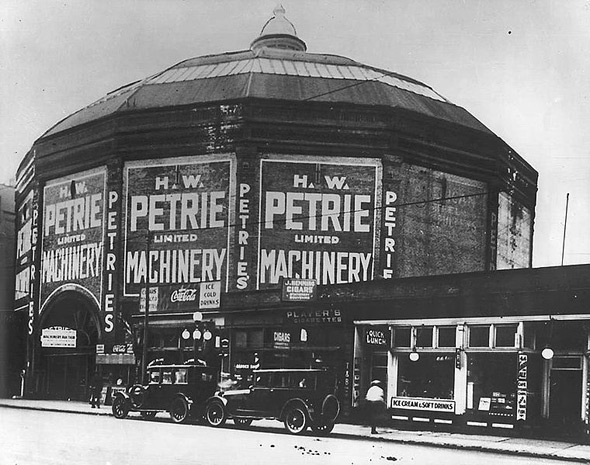
The Cyclorama building on Front St. in 1922. The strange cylindrical building near the intersection with York St. was designed to host 360 degree works of art. From a platform in the centre of the building, paying guests viewed scenes from famous battles and biblical events with elaborate painted backdrop and costumed actors in the foreground. The building later became a parking lot and was demolished in 1976.
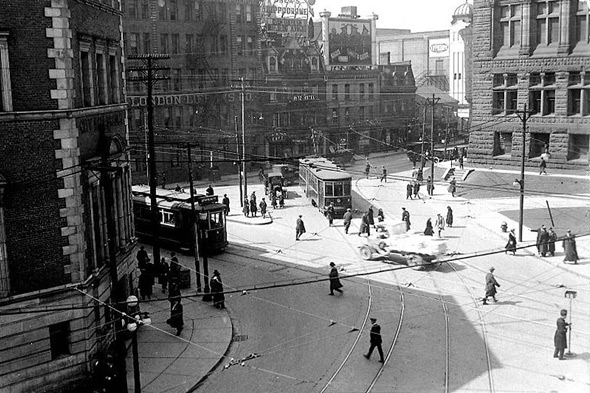
Aerial view of Queen and Bay in 1923.
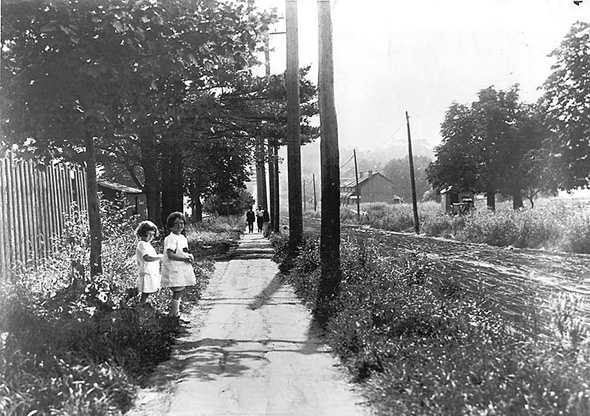
Yonge and Eglinton looking west in 1922.
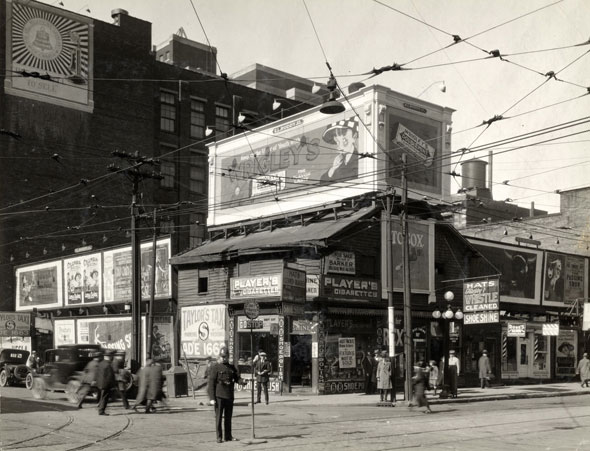
Store covered in advertisements at the northwest corner of Bay and Adelaide in 1925.
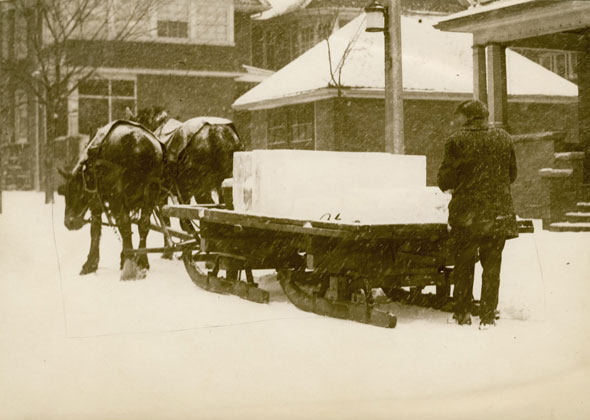
Ice delivery cart in Parkdale, 1924.
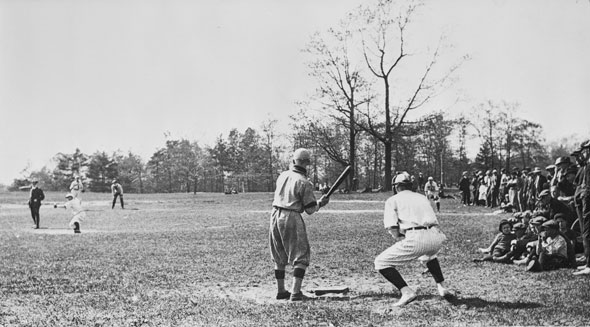
Baseball in High Park circa. 1922.
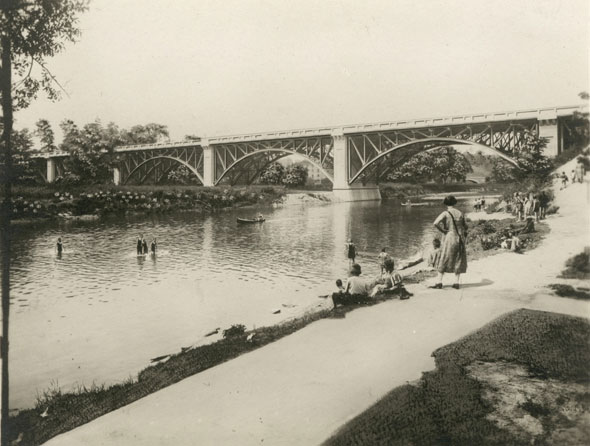
Bathers in the Humber River in 1925. Bloor St. bridge in the background.
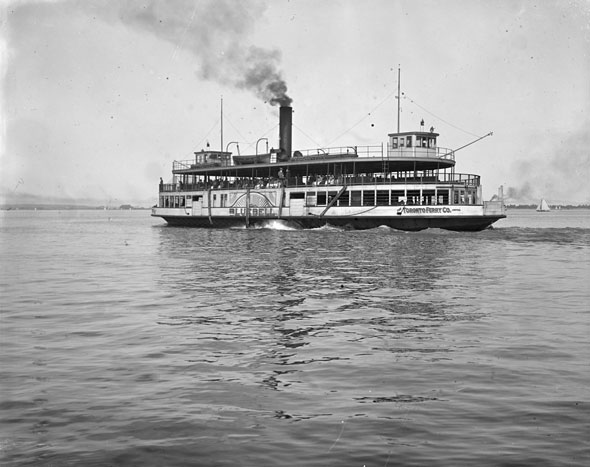
The city ferry "Bluebell" en route to the Toronto Island.
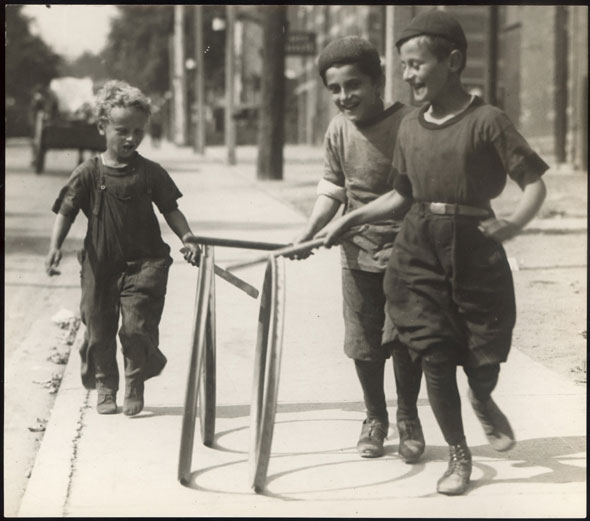
Kids playing with wheels on Chestnut St. in 1922.
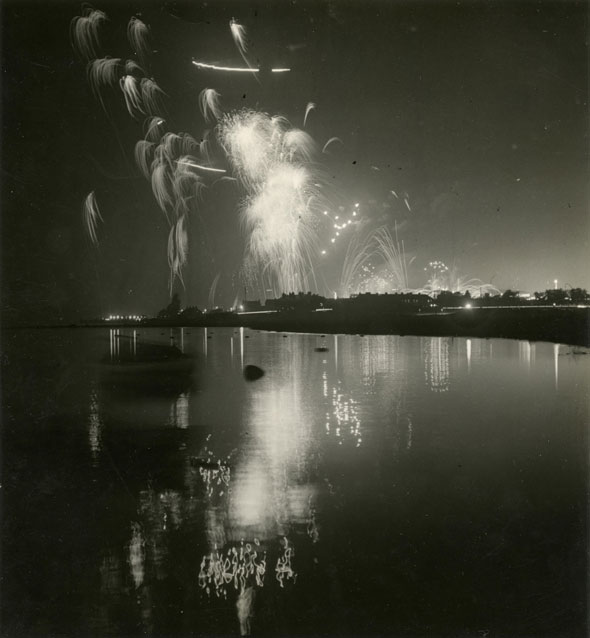
CNE fireworks over the Toronto Bay.
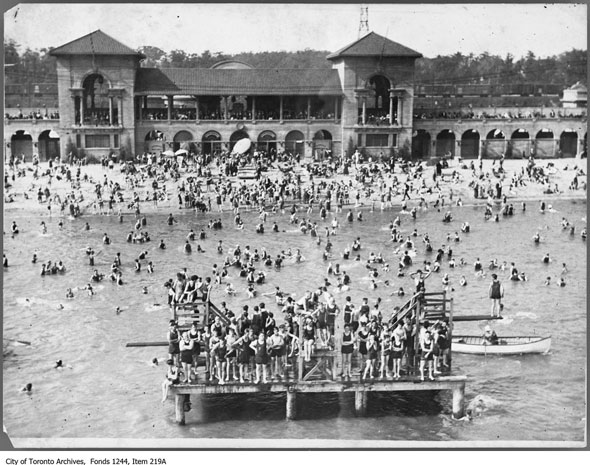
The water crowded with bathers at Sunnyside. The amusement park opened near King, Queen, and Roncesvalles in 1922 and quickly became one of the city's most popular seasonal attractions.
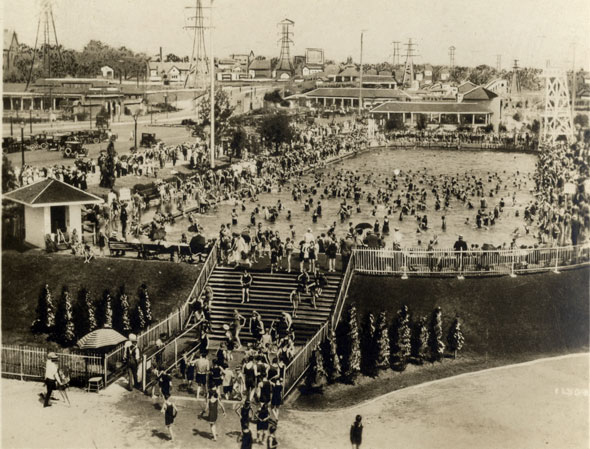
The Sunnyside pool. Nicknamed the "Tank," the heated, filtered, and chlorinated 3 million litre pool--possibly one of the largest in the world--opened in the summer of 1925. Today, it's the Gus Ryder Pool.
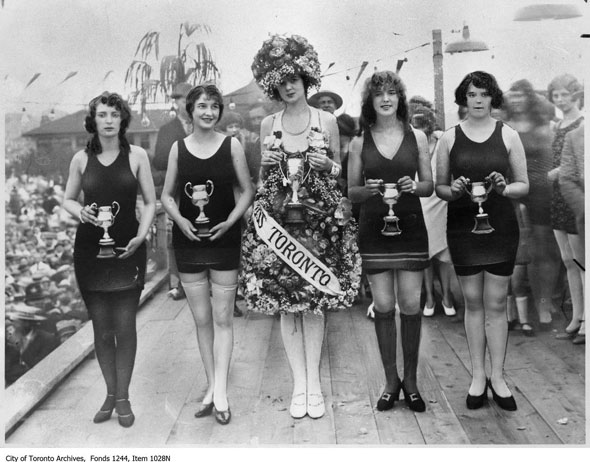
The finalists and winner of the first Miss Toronto contest in 1926. Mrs. Jean Ford Tolmie, middle, took the prize that year. Ben Kayfetz, writing in The Globe and Mail in 1956, recalled "the beauty contests, after fading in popularity following on Mrs. Tolmie's victory, were revived later under the sponsorship of the Toronto Police Association. Though they did attain success they never afterwards approached the mass hysteria of the 1926 competition."
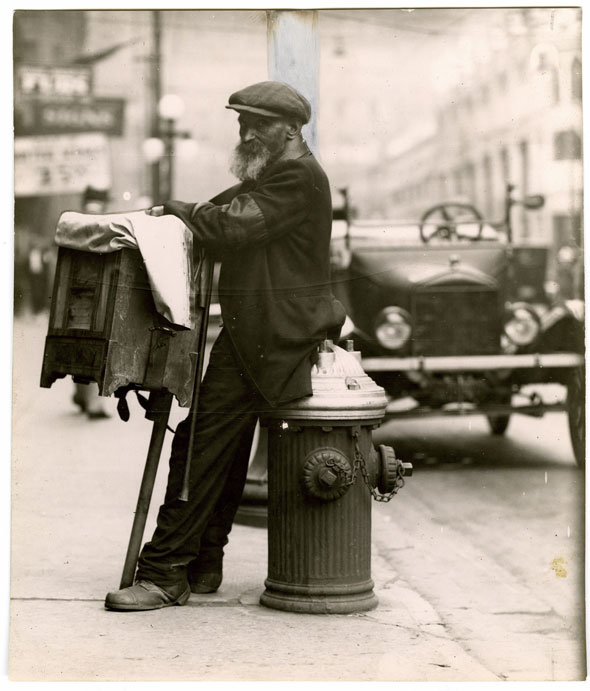
An organ grinder takes a break on Bay St. in 1922.
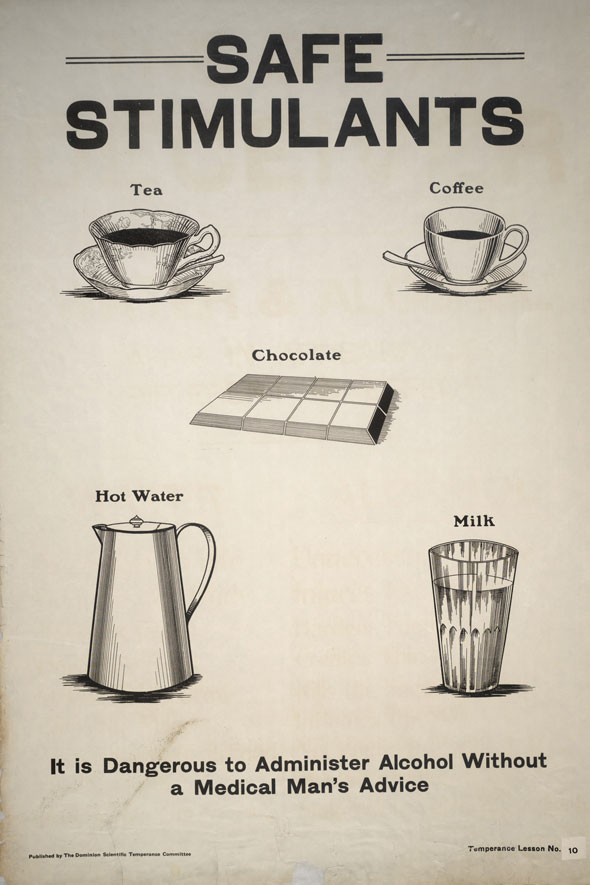
After 11 years of prohibition, the Ontario Temperance Act was officially repealed in 1927. The Liquor Control Board of Ontario was established that year to regulate the sale of liquor, beer, and wine in the province. Though many were in favour of loosening the rules, temperance advocates campaigned hard against the reintroduction of alcohol.
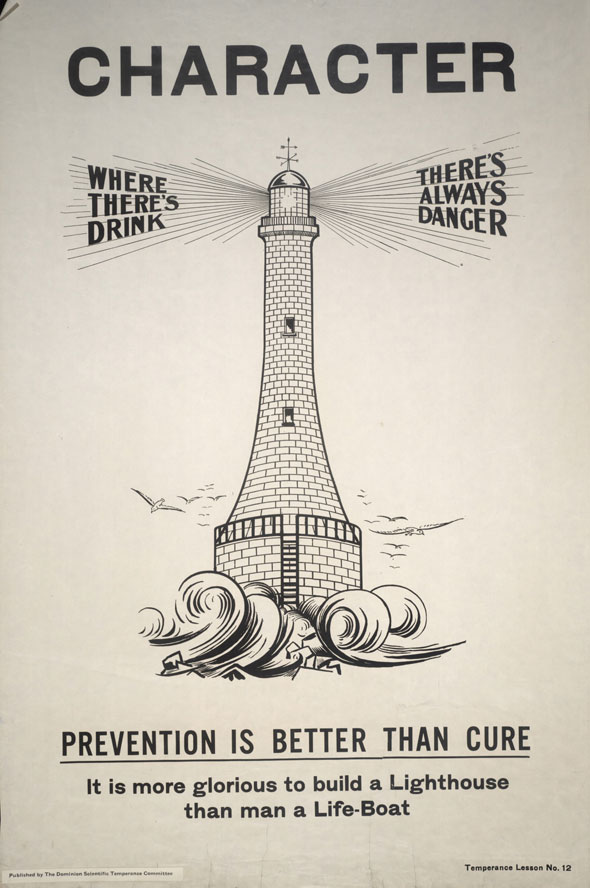
Another temperance poster from the mid-1920s.
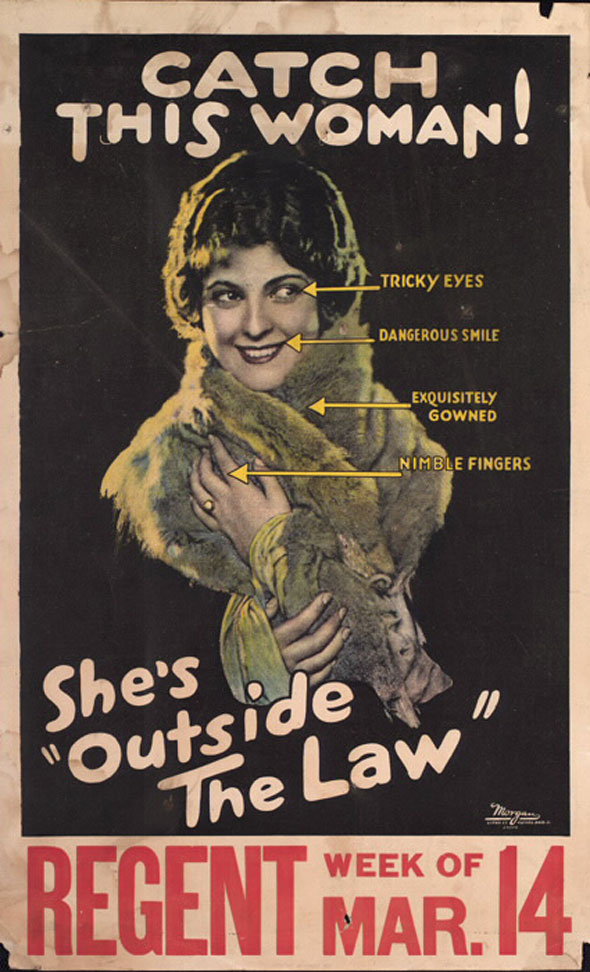
Promotional poster for a stage show at the Regent.
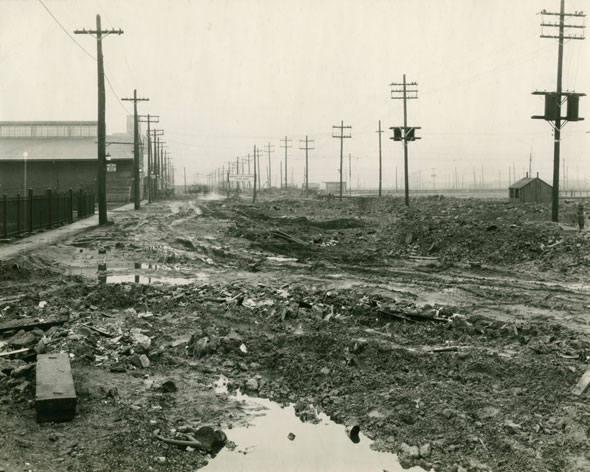
A muddy Queens Quay West, looking west from Bay St. in 1927.
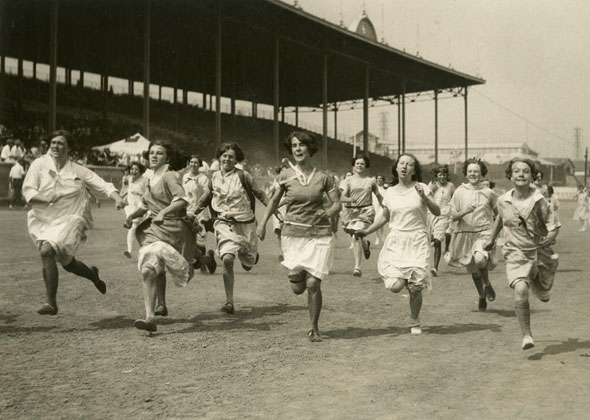
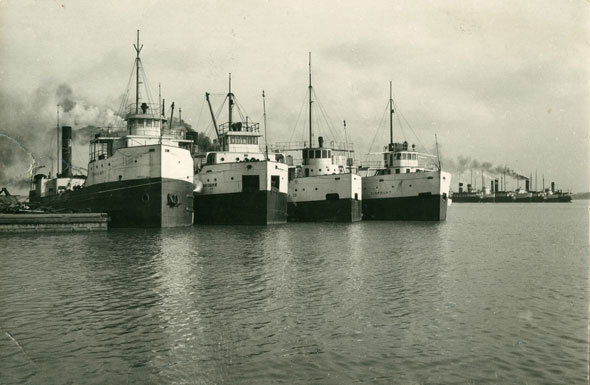
Ships gathered in the Toronto Harbour some time in the 1920s.
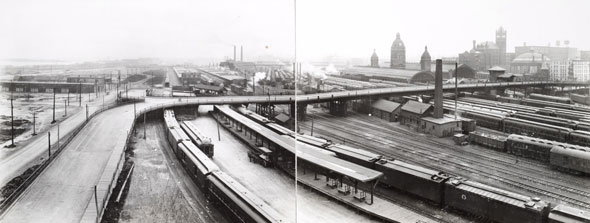
The downtown rail corridor looking west towards old Union Station and downtown.
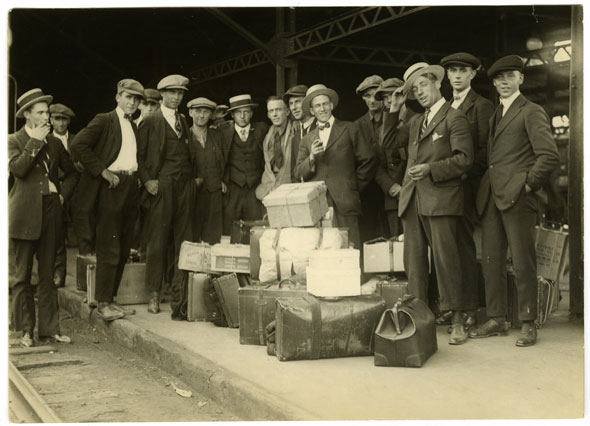
Passengers mug for a photo on the platform of "old" Union Station.
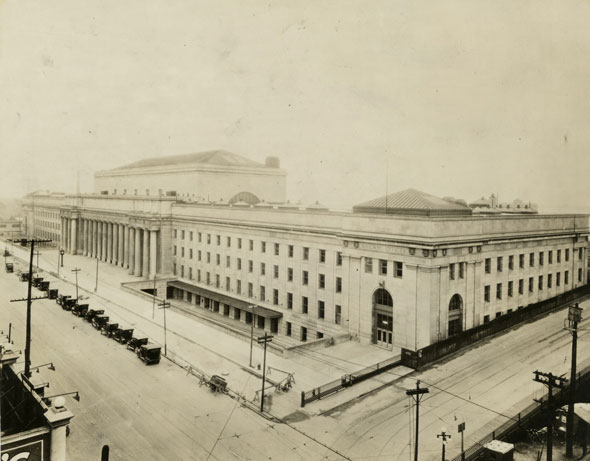
Toronto's third Union Station was completed in 1927, a block west of the "old" Union Station. The jewel of the classical Beaux-Arts structure, which was designed by Ross & Macdonald, Hugh G. Jones of Montreal and John M. Lyle of Toronto, is the cavernous ticket hall. Look carefully at the cities inscribed near the roof--Sault Ste. Marie is spelled incorrectly.
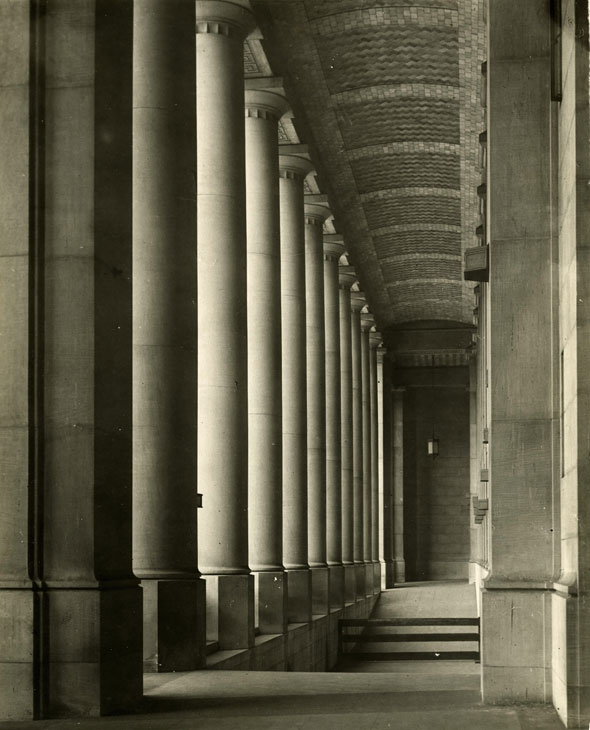
The 22 Doric limestone columns outside the main entrance to the station. The entire facade of the building was recently given a deep clean that brought back the original lustre of the stone.

The Royal York Hotel approaching completion on Front St. in the late 1920s. The building, built by the Canadian Pacific Railway, was briefly the tallest in the city.
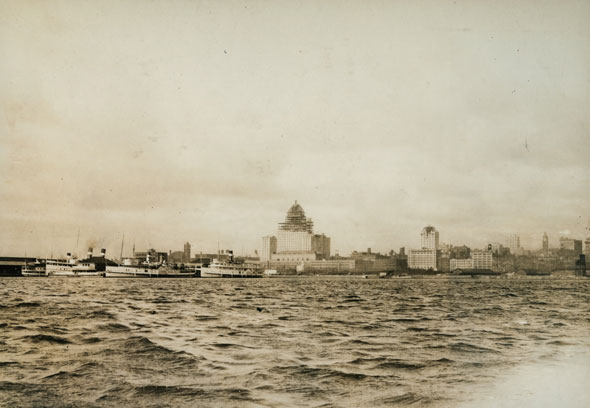
The Royal York Hotel approaching its final height.
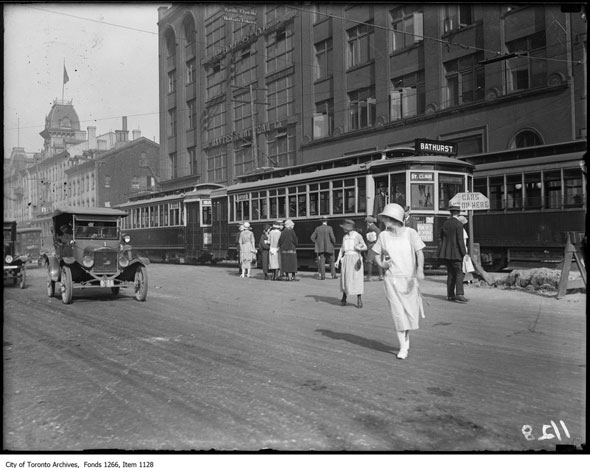
Streetcars on the Bathurst route, which once serviced parts of Front St.
Chris Bateman is a staff writer at blogTO. Follow him on Twitter at @chrisbateman.
Images: City of Toronto Archives (as marked.) All others Toronto Public Library.
Latest Videos
Latest Videos
Join the conversation Load comments







